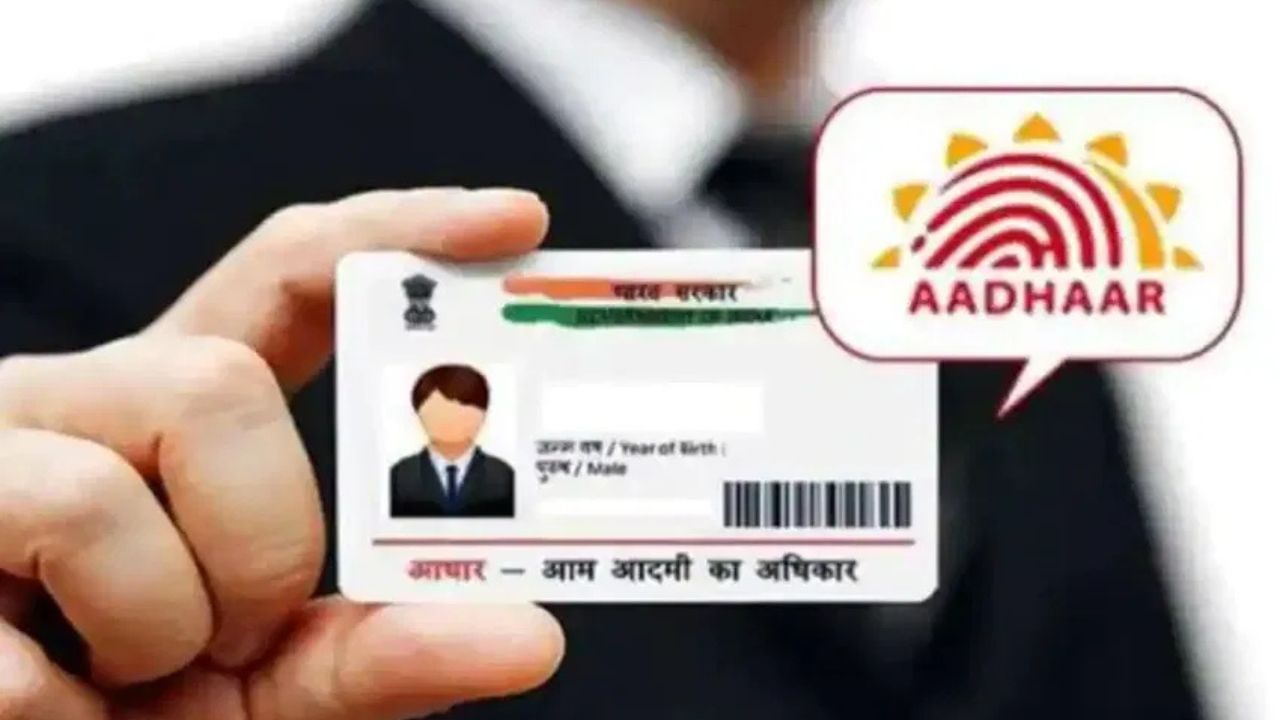UIDAI i.e. Unique Identification Authority of India has implemented new fees for Aadhaar update from 1 October 2025. While earlier it used to cost only ₹50 to update demographic information (like name, address, date of birth, mobile number etc.), now it has increased to ₹75. Similarly, the fee for biometric update (like fingerprint, iris or photo) has now been reduced to ₹ 125, which was earlier ₹ 100.
At the same time, some relief has been given for children. Biometric update of children aged 5-7 years and 15-17 years will be free for one time. Whereas updates for children aged 7 to 15 years will remain free till September 30, 2026. If you want to re-print the physical Aadhaar card, you will have to pay ₹ 40 for it. Additionally, if a person wants enrollment service at home, it will cost ₹700 for him and ₹350 for another person in the same household.
If PAN-Aadhaar linking is not necessary then it may cause loss.
The government has made it clear that if you do not link your PAN with Aadhaar, your PAN card will become inactive. This will have a direct impact on your mutual fund, demat account and tax savings schemes. Many people have already faced problems in transactions due to this. If PAN is deactivated, you will not be able to invest, nor will you be able to withdraw money from mutual funds. Therefore, immediately go to the Income Tax portal and check the status of PAN-Aadhaar linking.
Aadhaar e-KYC now more secure and easier than before
UIDAI and NPCI have now made KYC even easier and more secure through new technology. Now banks and NBFCs (non-banking financial institutions) can identify you even without your full Aadhaar number. This will maintain your privacy and the banking process will also be faster. UIDAI is now also ensuring that the Aadhaar number is active and genuine. If your Aadhaar is found duplicate or invalid, your account will not be opened and investment may also stop. Therefore, check your Aadhaar status from time to time by visiting mAadhaar app or UIDAI website.
Upcoming Changes AePS, Small Savings Schemes and Offline KYC
The rules of AePS (Aadhaar Enabled Payment System) are also being tightened from January 1, 2026. Now banks and their business correspondents will have to do more monitoring and KYC verification. With this, cash transactions will be monitored, especially in rural areas. This will reduce fraud but some users may face problems in accessing services.
Apart from this, now post office schemes like RD, PPF and NSC will also be opened through Aadhaar based e-KYC. This will be a paperless process, but if your Aadhaar is not linked or not updated, there may be interruptions in deposits or withdrawals. UIDAI is also simplifying offline KYC. Soon you will be able to do banking only with QR code or masked Aadhaar ID, so that your personal information will remain safe.
What should you do now?
- If you want to stay connected to your bank, investments and savings without any hassle, then pay attention to these tasks immediately.
- Check Aadhaar update date and status from mAadhaar app or UIDAI website.
- Check the status of PAN-Aadhaar link by visiting the Income Tax portal.
- Update Aadhaar information in your bank and mutual fund account.
- If you live in a rural area, check with your local bank or service center about changes in AePS services.
- Keep updating the KYC documents related to Aadhaar from time to time.
